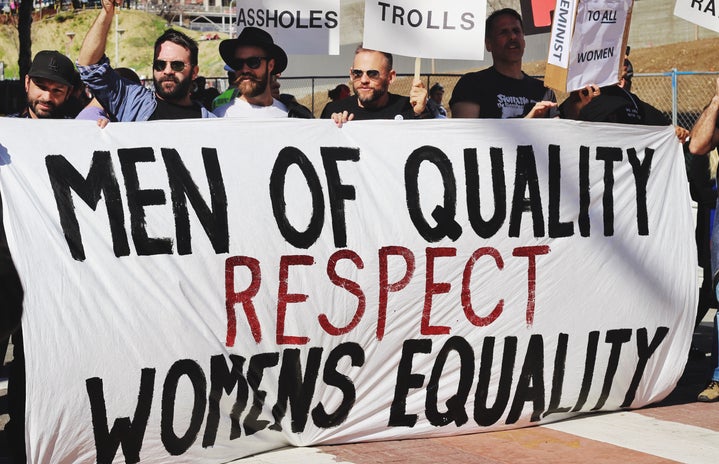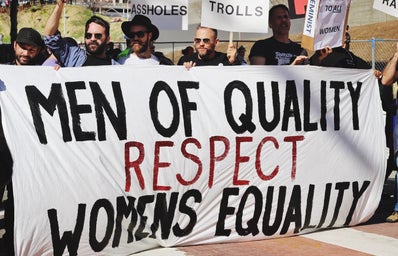Most of us reading this will have experienced some form of street harassment, whether that be catcalling, being whistled at or being beeped at from passing cars. For some, catcalling is a ‘harmless’ way of giving someone a compliment. However, for most women it’s a scary and damaging experience.
As part of the 16 days of activism against gender based violence, an annual international campaign which calls for the prevention and elimination of violence against women and girls, this article explores catcalling and the things in which we all can do to help break the culture of acceptance surrounding street harassment.
Catcalling refers to the act of shouting harassing and often sexually suggestive comments at someone publicly. In June 2021, the Office of National Statistics (ONS) found that three out of five women aged 16-34 had experienced at least one form of harassment in the past 12 months; with 44% of women aged 16-34 having experienced catcalls, whistles, unwanted sexual comments or jokes. This figure is particularly alarming, especially when we take into consideration how many young girls, often under 18, also experience catcalling. I remember walking home from secondary school, in my school uniform and having men whistling or shouting lewd sexual comments at me. At the time I brushed these sort of things off, but looking back I now see how concerning this was and is; dressed in school uniform – a clear indicator I was a child – and being sexually objectified by men. This wasn’t an isolated incident, many young girls experience catcalling from an early age. Plan International UK, a charity which advocates for children’s rights and gender equality, found that 35% of girls and young women aged 14-21 had experienced catcalling and other forms of sexual harassment whilst wearing their school uniform. In experiencing catcalling at such a young age, harassment against women becomes normalised, setting the tone for incidents of violence against girls and women being downplayed as a “compliment” and something which just happens. This ignores how scary and intimidating it can be to be catcalled.
Street harassment incidents are often ignored by bystanders. The greater the number of bystanders, the less likely it is for them to initiate help for the person. This is known as the ‘bystander effect’. This suggests that street harassment against women has become something normal, not only to victims, but also those who witness it.
More recently there’s been a move towards encouraging bystanders to stop being passive in witnessing street harassment. For example, the “are you okay?” campaign encourages people who witness street harassment to safely intervene by asking victims “are you okay?”. As well as this, the campaign “Have a Word with Yourself, then Your Mates” places the focus on men’s behaviour and their role in calling out violence against women. It’s refreshing to see a change in the narrative which all too often focuses on the behaviours of women, and how we should keep ourselves safe. It highlights small ways in which individuals can call out harmful behaviour which contributes to violence against women without escalating situations. For example, questioning sexist conversations and jokes, both made to women, but also in conversations with men.
Move from being a passive bystander to an active one, support those who experience street harassment when you see it and safely question and challenge sexist jokes. Whilst these are just small things we can call do, they help challenge the way in which violence against women is seen as a ‘natural’ part of our society and help to break the culture of acceptance surrounding street harassment.
For more information on the campaign to end violence against women and girls, follow this link. To read more ways in which men can challenge violence against women, click here.

